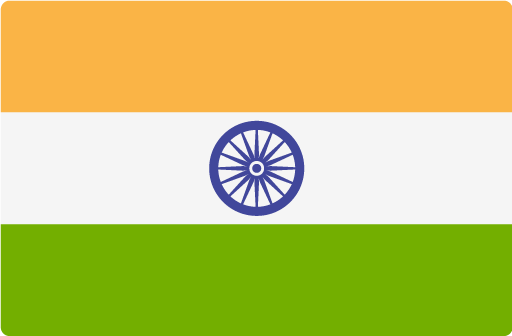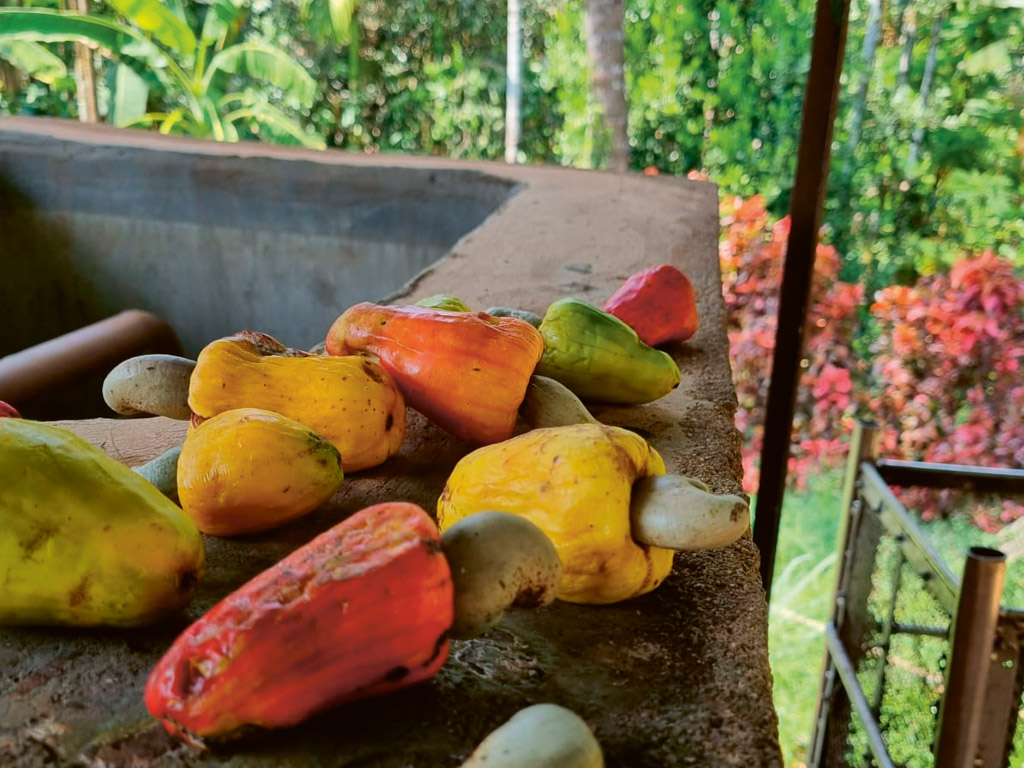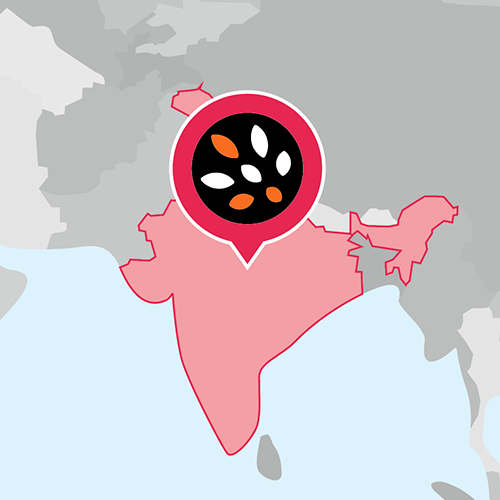
Capital: New Delhi
Population: 1.4 billion
21.9% of the population living below the poverty line
Life expectancy: 70 years
Areas of intervention: Education and vocational training, gender and gender equality, conflict prevention, environment
HDI: 132nd out of 191 countries
Literacy rate: 77 %
Context
India is a South Asian country with an area of almost 3,287,263km2, making it the seventh largest in the world. The country offers great geographical diversity, from the mountain ranges of the Himalayas to the beaches of Goa, the vast plains of the Ganges and the deserts of Rajasthan. With a population of over 1.4 billion, it is the world’s most populous country. This high demography is accompanied by a high population density, with a young, predominantly rural population. The key sectors of the Indian economy are information technology, services, agriculture and industry. However, India faces many challenges. Among them, inequality is at the forefront: despite the economic progress made in recent decades, the country continues to face profound social, economic and gender disparities.
One of the most striking inequalities in India is poverty. Although the poverty rate has fallen in recent years, a significant percentage of the Indian population still lives in conditions of extreme poverty. Wealth disparities are also enormous, with a small proportion of the population concentrating a large share of the country’s wealth. Gender inequality is another major challenge. Women in India often face discrimination, violence and unequal opportunities in many areas, such as education, employment and political participation. Although progress has been made in promoting women’s rights, much remains to be done to achieve true gender equality. Inequalities in access to basic services, such as education and healthcare, are also widespread in India. Disparities between urban and rural areas are particularly striking, with the quality of education and health infrastructure often far inferior in rural areas.
Another major challenge is the issue of caste-based discrimination, a deeply rooted hierarchical social system in India. People belonging to lower castes face systematic discrimination in many aspects of their lives, including access to education, employment and economic opportunities. Finally, India also faces major environmental problems, such as the degradation of natural resources, air and water pollution, and the effects of climate change. These problems have a disproportionate impact on marginalized communities and vulnerable populations, exacerbating existing inequalities.

Activities
In India, two projects are currently being formalized in the fields of food sovereignty and vocational training, with a focus on mental health.


